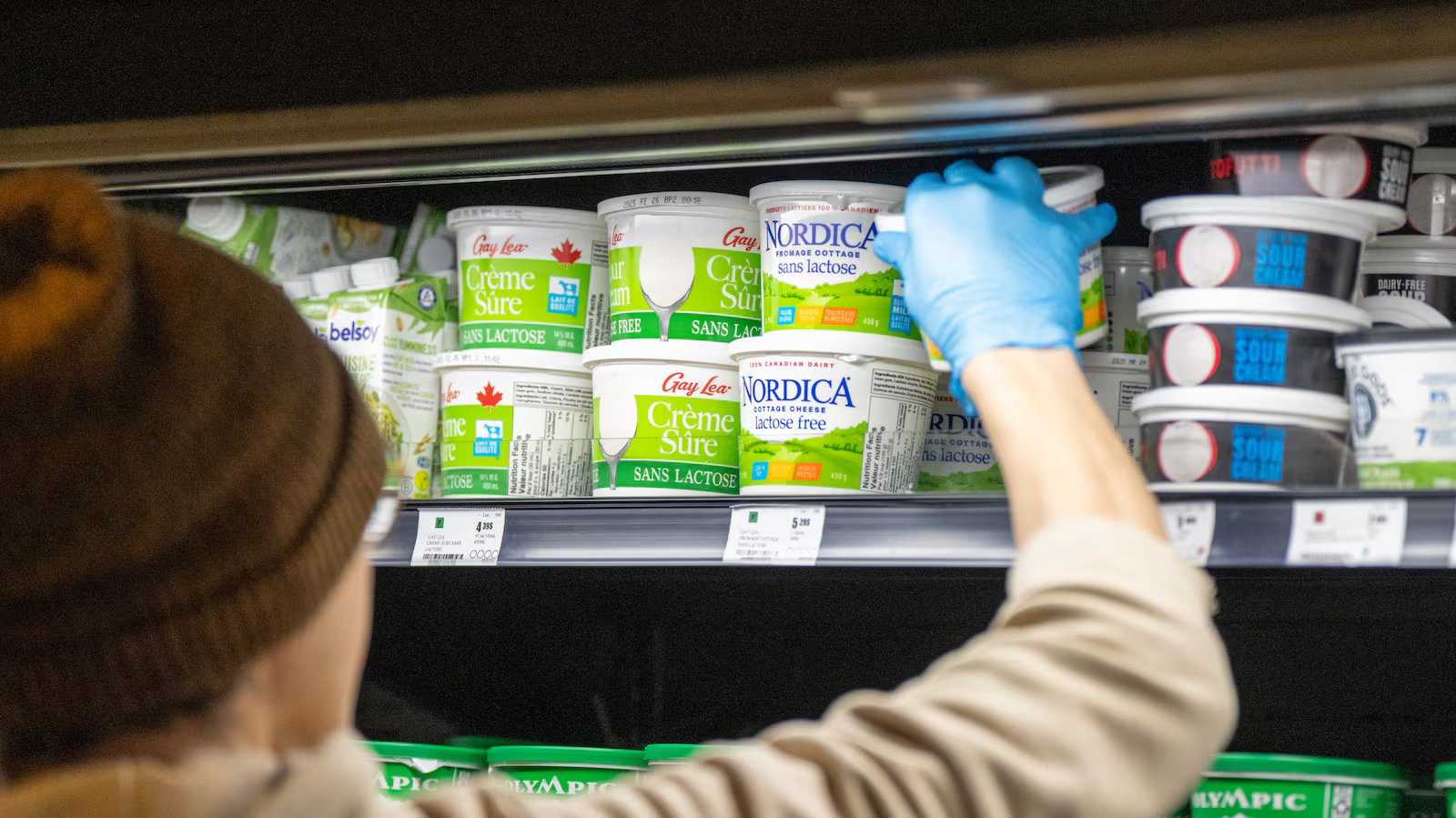Local entrepreneurs across Canada are riding a wave of patriotic consumer sentiment, thanks to a growing “buy Canadian” movement that encourages people to choose homegrown products and services. However, amid these positive developments, many small business owners remain uneasy about looming tariff threats that could disrupt their supply chains and raise operational costs. According to CanadaBizNews, this delicate balance of optimism and uncertainty underpins the current climate for entrepreneurs aiming to stay competitive while championing Canadian-made offerings.
Below, we explore the rise of “buy Canadian,” the newfound opportunities for local enterprises, and the lingering apprehensions tied to potential tariffs that could affect both producers and consumers.
The Rise of “Buy Canadian”
Shifting Consumer Attitudes
In recent years, consumer habits have evolved beyond convenience or brand-name recognition. Ethical purchasing, eco-friendly packaging, and local economic support are increasingly front of mind for many Canadians. As a result, national pride in “made in Canada” labels is driving a preference for domestic producers, from family-run farms to artisanal clothing brands. Shoppers see these purchases as a way to keep money circulating within their communities and to reduce the carbon footprint associated with importing goods from overseas.
Spotlight on Small Enterprises
While major Canadian retailers benefit from this movement, it’s often the smaller ventures that feel the most profound impact. Independent bakeries, niche manufacturers, boutique grocery stores, and locally owned cafés have reported surges in foot traffic and sales. Many note a heightened interest in their backstories—how products are sourced, who makes them, and what local ingredients they use. This curiosity and community engagement help turn one-time buyers into repeat customers, adding a sense of longevity to the “buy Canadian” campaign.
Tariff Threats Looming
International Trade Concerns
Despite these positive trends, the specter of new tariffs on Canadian goods—or retaliatory measures by Canada itself in response to foreign trade policy—haunts many small business owners. These tariffs can drive up the cost of imported raw materials, components, or equipment, which local entrepreneurs rely on for production or expansion. In some cases, smaller operators lack the capital to absorb these added expenses and may be forced to pass the costs onto consumers.
Impact on Cross-Border Relationships
It’s not just local supply chains at risk; many small businesses cultivate cross-border partnerships with American suppliers or international markets. If tariffs disrupt these relationships, producers might struggle to find replacement vendors or see their profit margins squeezed by higher fees. Even a short-lived tariff can sow long-term uncertainty, making it challenging to set stable prices, plan inventory, or negotiate contracts.
Navigating the Balance: Optimism Amid Uncertainty
Emphasizing Canadian Sourcing
One practical response to tariff anxiety is a renewed focus on local or regional supply chains. By partnering with Canadian farms, factories, or distributors, businesses reduce exposure to international duties or policy shifts. For example, a specialty cheese shop might forge direct contracts with Alberta dairy farmers instead of relying on cross-border imports. While local sourcing can be more expensive in some cases, the marketing edge of “100% Canadian” and greater supply chain transparency can offset these costs.
Innovating to Remain Competitive
Tariffs can also spur innovation. When import fees threaten profit margins, many entrepreneurs pivot to using alternative materials or exploring new production methods. Some turn to e-commerce platforms aimed at domestic customers, while others invest in technologies to automate certain processes, thereby controlling labor costs. For instance, a microbrewery facing pricier American hops might collaborate with Canadian hop growers on developing unique flavor profiles—turning a challenge into a brand-specific selling point.
Government Assistance and Policy Advocacy
Federal and provincial agencies often step in to support small businesses caught in the crossfire of tariff disputes. Through grants, loans, or training programs, these bodies can lighten the financial strain. Simultaneously, industry associations advocate for fair trade policies, lobbying on behalf of entrepreneurs who lack the resources to navigate complex trade negotiations. This support, while helpful, doesn’t always guarantee stability if international trade tensions escalate.
Consumer Responses and Community Impact
Growing Awareness of Tariff Effects
Consumers, too, are becoming more attuned to how global trade issues influence their local economies. Many choose to patronize businesses that clearly display “Canada-made” signage or highlight the challenges they face in procuring essential materials. By doing so, shoppers feel they’re taking a stand against economic uncertainty and rallying behind hometown enterprises. This solidarity fosters deeper ties between merchants and their client base.
Potential Price Fluctuations
On the flip side, possible increases in production costs could mean higher prices for everyday Canadians. When a mom-and-pop furniture maker has to pay more for imported hardwood, they might pass those expenses along to their customers. As a result, the same community-minded individuals eager to shop locally must weigh their financial constraints against their desire to support small business growth. Balancing fair pricing with local loyalty remains a delicate dance for both consumers and shop owners.
Strategies for Sustained Growth
Strengthening Local Networks
Collaborative efforts among small businesses can help them weather uncertainties. Shared marketing campaigns, bulk purchasing agreements, or co-hosted events reduce overhead and expose each venture to new audiences. For instance, a local butcher might team up with a craft beer brewery for a combined tasting event, pooling resources and splitting promotional costs. These alliances can also lead to creative “buy Canadian” initiatives, such as themed neighborhood markets or local business directories.
Leveraging Digital Platforms
Despite the preference for brick-and-mortar shopping in many Canadian towns, digital channels are increasingly vital. Establishing an online presence—through websites, social media, and e-commerce marketplaces—lets small businesses reach customers who might not be able to visit in person. Online sales can buffer any dip in local foot traffic caused by tariff-induced price spikes. In turn, entrepreneurs can emphasize their brand narrative: how they source products locally and why paying a bit more supports Canadian jobs.
Maintaining Transparency
Open communication about pricing and sourcing helps build trust. Customers often understand if certain goods cost more because they’re made with premium local materials or subject to higher import fees. By detailing these factors—whether via in-store signage or social media posts—businesses can clarify their pricing structures. This honesty resonates with consumers already inclined to buy Canadian, reinforcing loyalty even if retail prices rise slightly.
Looking Ahead
While the “buy Canadian” wave continues to boost local economies, the looming tariff threat reminds everyone that no market is immune to broader trade tensions. Canadian small businesses remain optimistic, seizing on national pride and consumer desire for authentic, homegrown products. At the same time, they brace for potential disruptions that could upend carefully laid plans.
In the end, the success of the “buy Canadian” movement may hinge on how well entrepreneurs, policymakers, and communities collaborate to safeguard domestic production from external economic pressures. If they can strike the right balance—offering competitive goods while championing local values—small businesses across the country may find their newfound momentum is more than just a fleeting trend.
Read More : A New Chapter: Canadians Embrace Indie Bookstores






